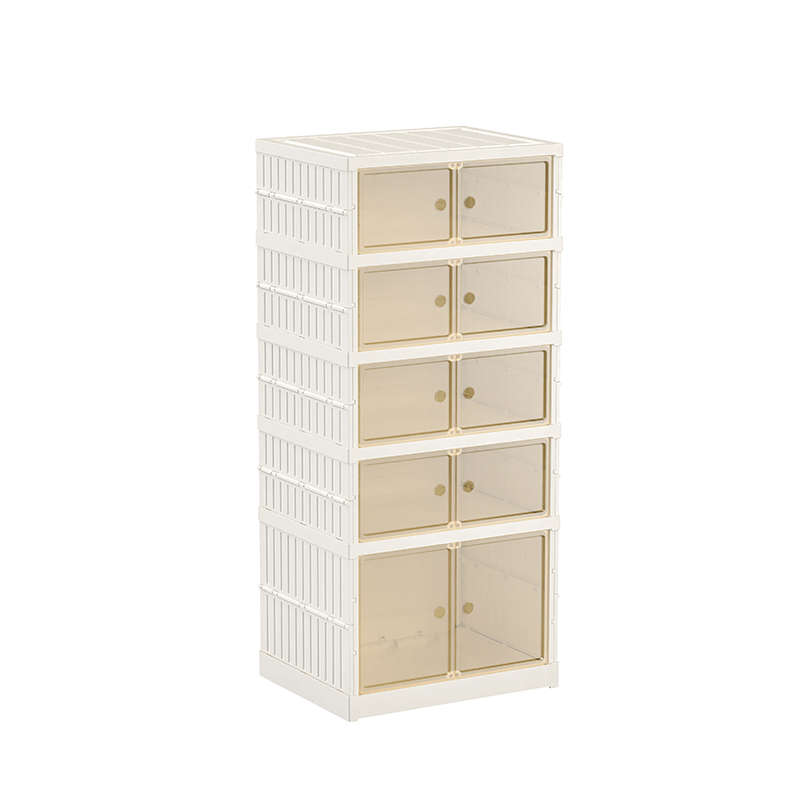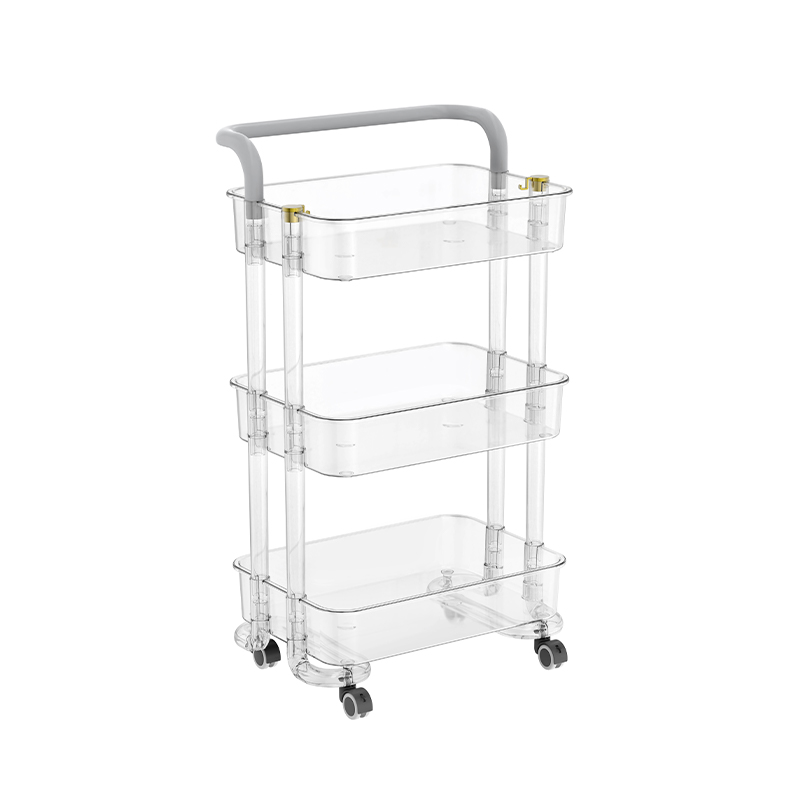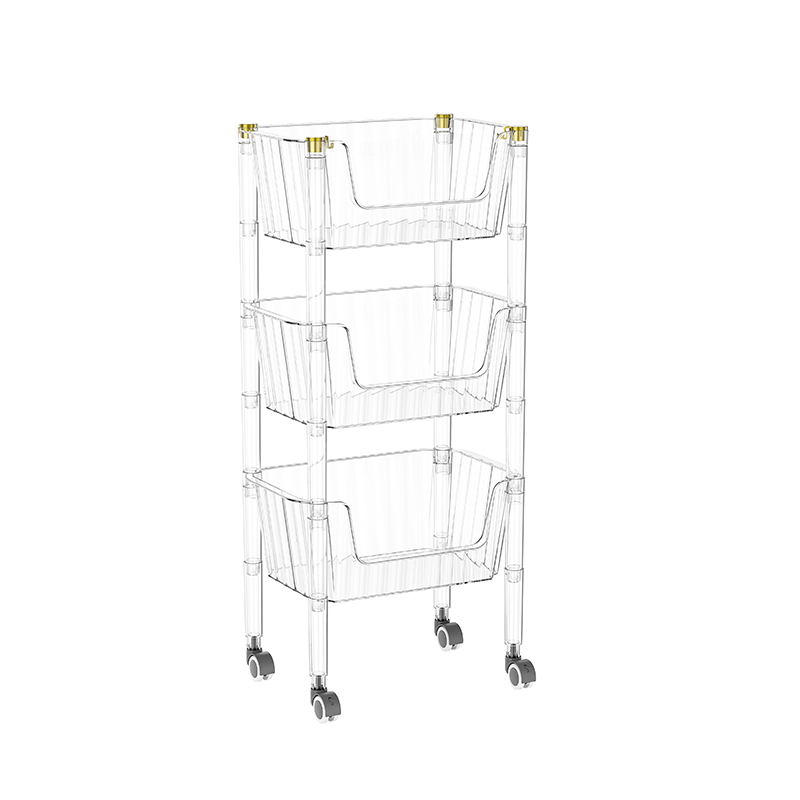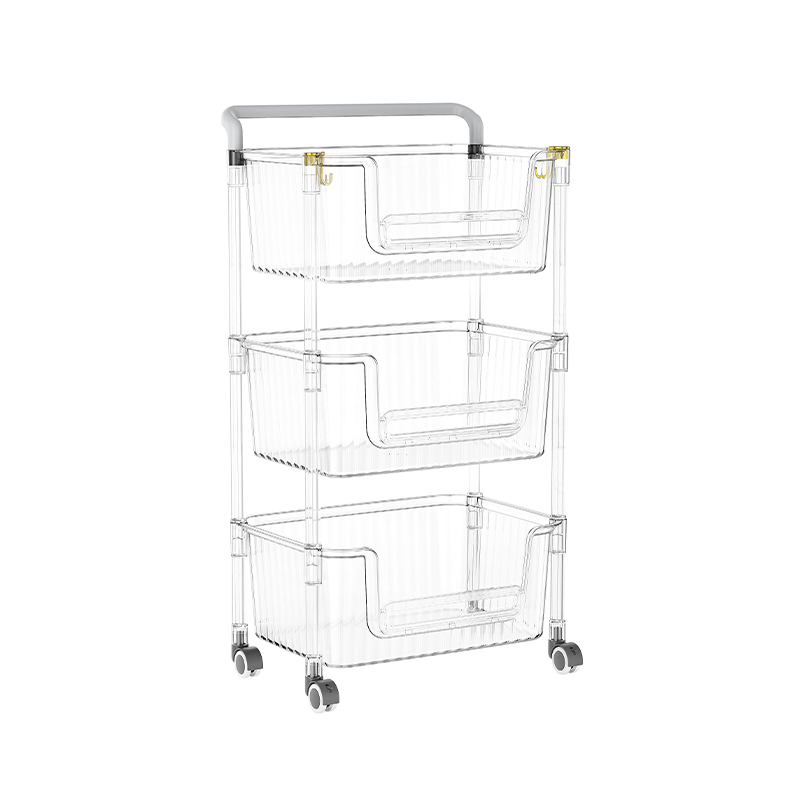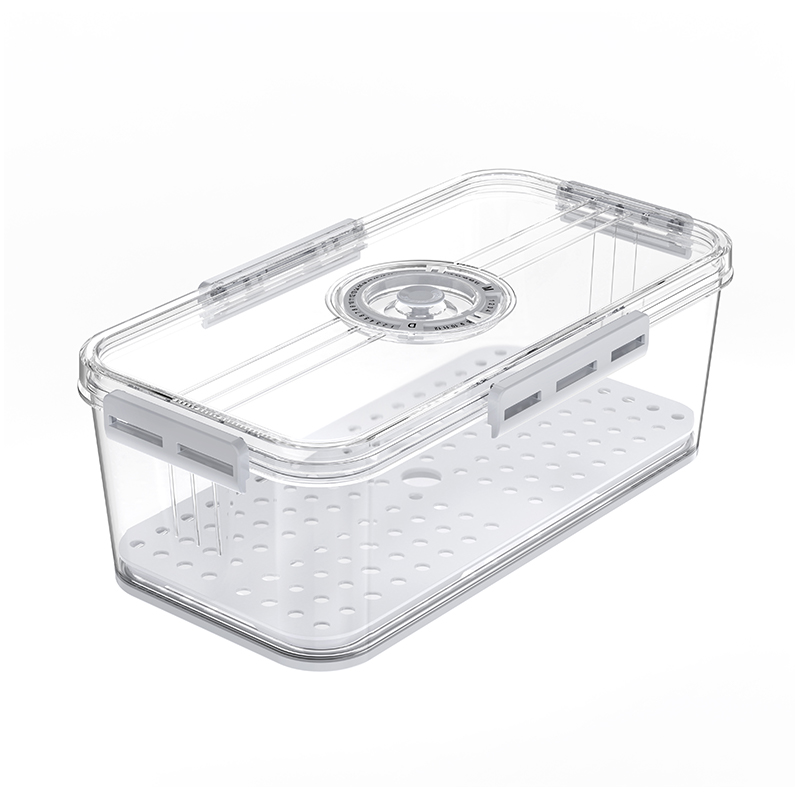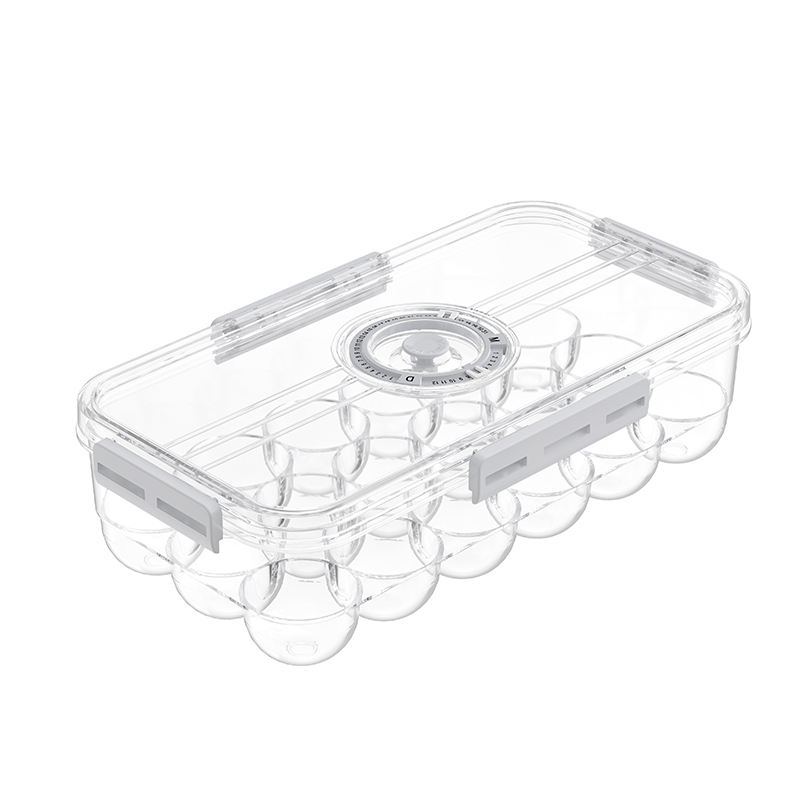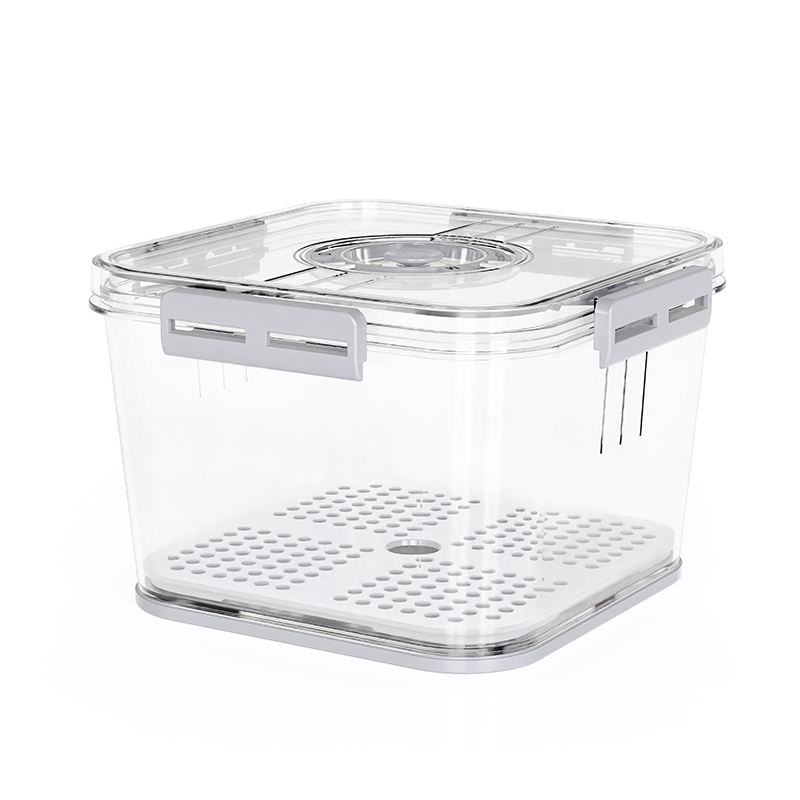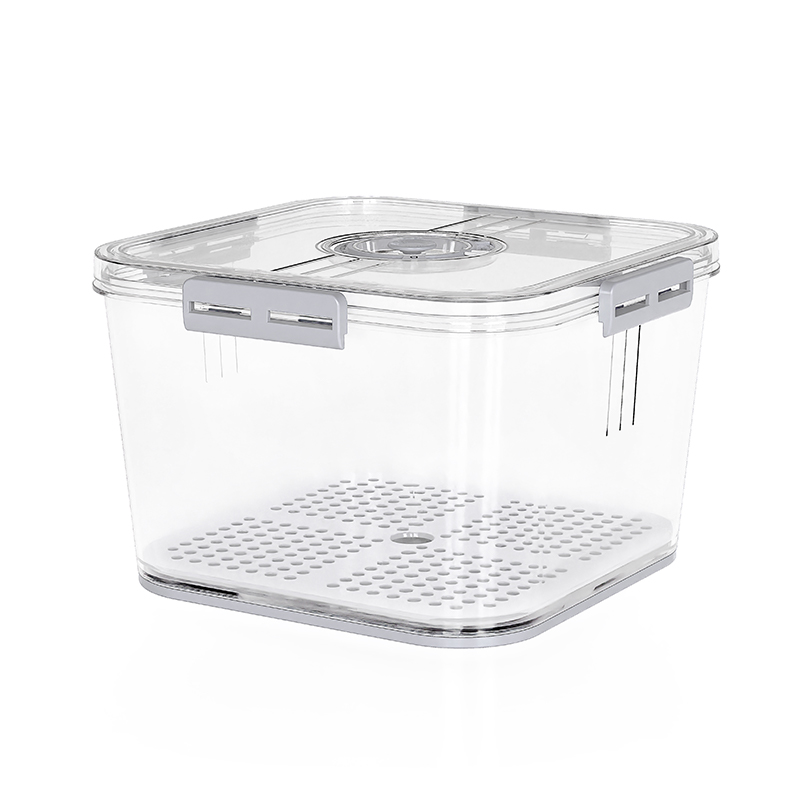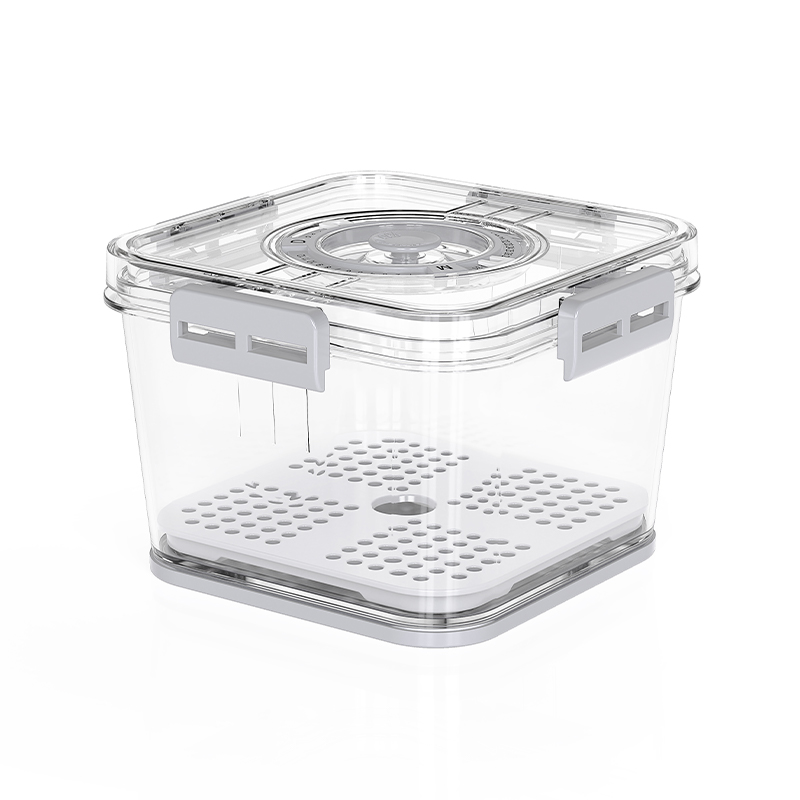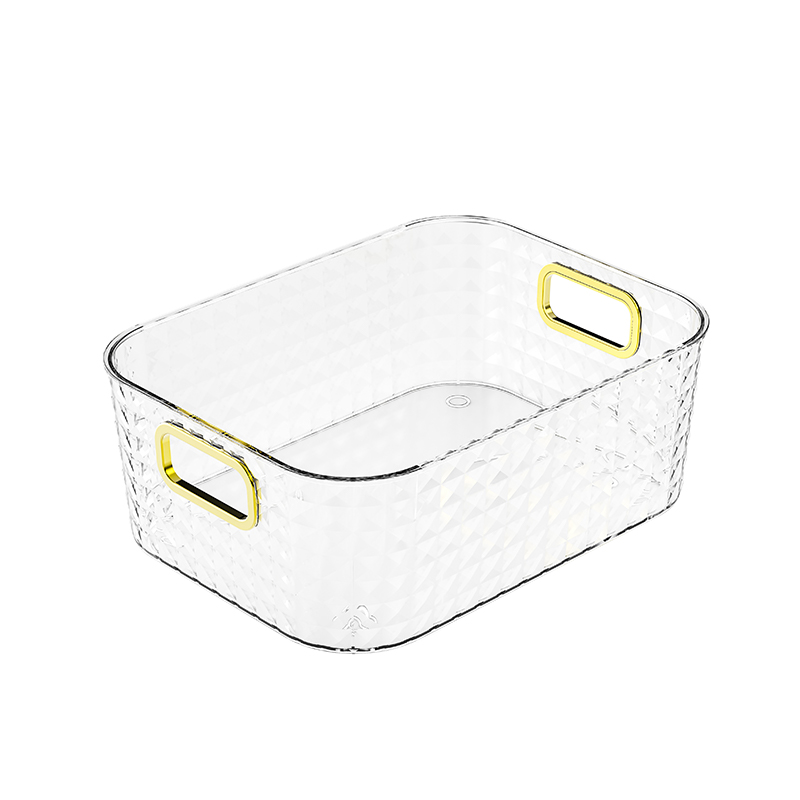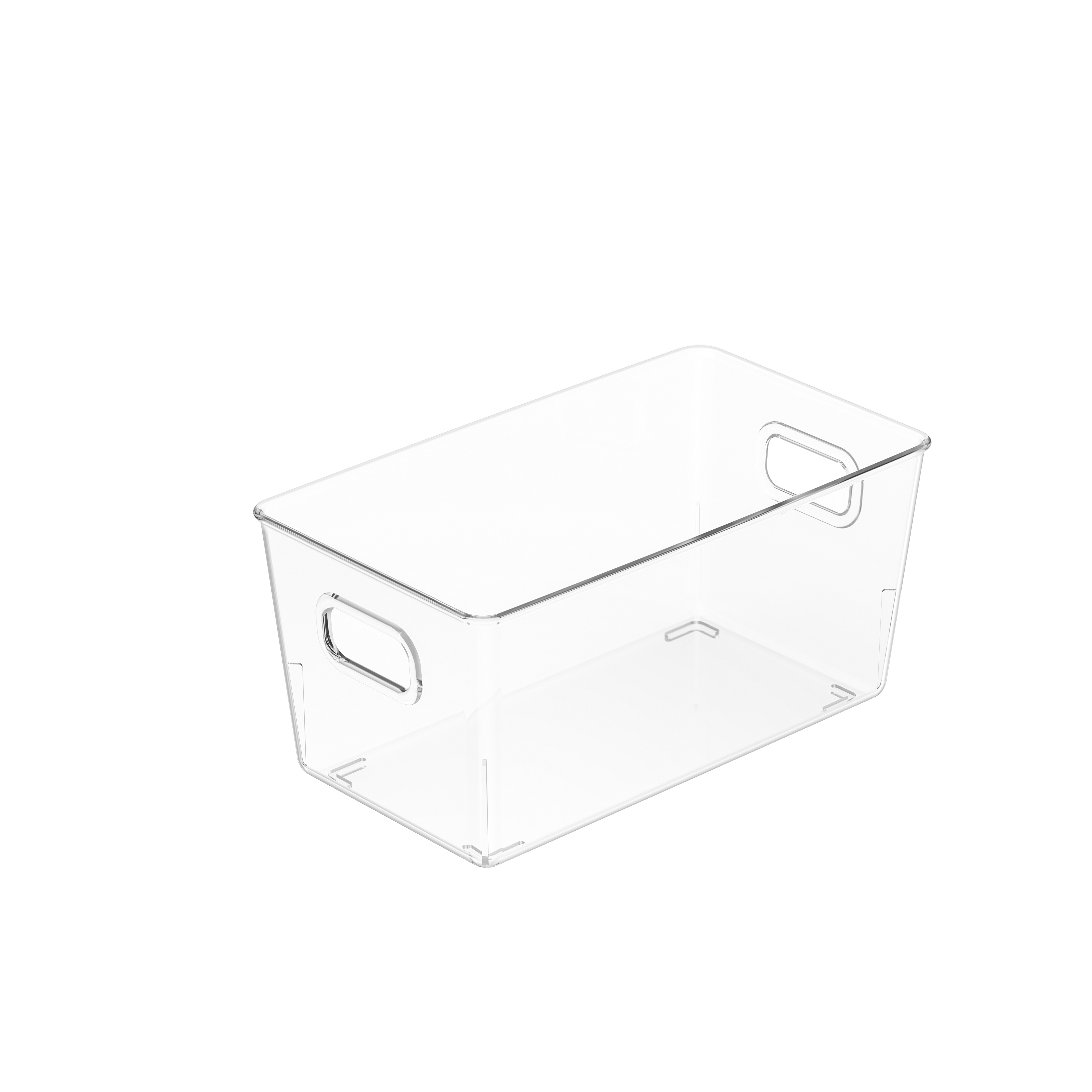Differences in structural form
Folding storage boxes usually use soft materials as the main structure, and can be folded into a flat state when not in use to save storage space. This design makes it more flexible in scenarios where it is not often used or temporarily used. The hard shell storage box adopts a fixed shape structure, which remains three-dimensional even when empty, and its box body is straight and stable. The difference in structure between the two directly affects the flexibility and shape stability of daily use. Folding is easier to store and carry, while hard shell is more suitable for items that need to be stored for a long time and keep their shape.
Differences in material properties
Folding storage boxes mainly use soft materials such as non-woven fabrics, Oxford cloth or polyester fibers, and may have cardboard or thin plastic added inside as support. Hard shell storage boxes are mostly made of PP plastic, ABS plastic or hard board, and some products also use metal reinforcement structures to enhance rigidity. Soft materials are light in texture and suitable for temporary storage, while hard materials are relatively more resistant to external pressure and environmental changes, and are suitable for occasions that require protection.
Different load-bearing capacity
Due to different structural rigidity, the load-bearing capacity of foldable storage boxes is generally low, and they are suitable for loading light items such as clothes, toys, towels, etc. Hard-shell storage boxes have relatively stronger load-bearing capacity and can hold heavier objects such as books, small appliances, and tools. When stacking or stacking is needed, the hard-shell structure is usually more stable, while the foldable storage box may deform or collapse on the side.
Differences in portability and handling
Foldable storage boxes are lighter in weight and more labor-saving during handling. Some products are equipped with webbing handles for easy hand-carrying. Although hard-shell storage boxes are more solid, they are relatively fixed in size and heavier in weight. They may not be as convenient as foldable storage boxes during handling, especially when they are frequently moved around the home. If used for temporary storage or occasions that require frequent movement, the portability of foldable storage boxes has certain advantages.
Different applicable spaces
Foldable storage boxes are widely used in closed or semi-enclosed spaces such as wardrobes, under beds, bookshelves, and drawers. Its various sizes and square shapes can adapt to a variety of storage scenarios. Hard-shell storage boxes are suitable for storage rooms, corners of living rooms, balconies and other spaces, where they are used to place items that are not often moved to keep the space tidy. Different use spaces have different requirements for the shape and material of storage boxes. Users can choose the appropriate type according to the placement and environmental conditions.
Differences in storage methods
When not in use, foldable storage boxes can be folded into a thin plate, which is convenient for stuffing under the bed or cabinet seams without taking up too much space. Hard-shell storage boxes always maintain a three-dimensional structure, which is not convenient for hiding or stacking in very small spaces. For residents with limited space, foldable products can improve the efficiency of use, while hard-shell products are suitable for specially set up storage areas.
Differences in durability
Although hard-shell storage boxes have certain advantages in pressure resistance and collision resistance, their materials may be brittle or scratched during long-term use. The corners, handles and other parts of foldable storage boxes may be worn or decoupled during frequent use. Both have their own advantages and disadvantages in terms of durability. The key lies in the matching of frequency of use and storage environment. If the storage box is frequently opened, closed, or lifted for a long time, users should pay attention to whether the structure is easy to loosen or damage.
Appearance style and decorativeness
Folding storage boxes are usually made of a variety of patterns and colors of fabrics, with a softer style, suitable for placement in environments such as bedrooms, children's rooms or study rooms, and coordinated with home fabric elements. Hard-shell storage boxes are mostly plain or simple line designs, with a tough appearance, suitable for modern or industrial style spaces. The two styles have their own characteristics, and users can choose according to the overall decoration style and personal aesthetics.
Differences in daily cleaning and maintenance
Folding storage boxes are mostly made of cloth materials, which are easy to absorb dust. If used for a long time, they need to be cleaned or wiped regularly. The surface of hard-shell storage boxes is mostly made of plastic or resin, which is easier to clean and can generally be wiped with a damp cloth. However, in a humid environment, hard-shell storage boxes can better avoid mold, while folding cloths need to be kept ventilated to extend their service life.
Different focuses of applicable groups
Folding storage boxes are suitable for students, renters or users with flexible storage needs because they are light and soft. Hard shell storage boxes are more suitable for long-term storage, tool storage or file organization at home, emphasizing stability and neat space. For users with different storage needs, they should make choices based on their own living habits and storage strength to achieve reasonable use.

